Table of Contents (click to expand)
The Great Attractor is a region of space that is the center of attraction for all matter in the Universe. It is not a supermassive celestial body, but rather a volume of space that embodies the center of attraction for all matter. The Great Attractor is located in the vicinity of the Norma Super Cluster. It is the bottom of the basin where every blob of matter and dust ends up being aggregated. The Great Attractor will never reach the focal point in the first place due to the expansion of the Universe.
When Albert Einstein put forward his theory of General Relativity in 1917, conforming to the then existent views on the structure of the Universe, he inserted a constant in his expression that signified a repulsive force that would nullify the expansive forces, rendering the Universe static and bounded. He called it the cosmological constant.
However, contrary to what everyone believed, the eminent astronomer Edwin Hubble later found that the Universe wasn’t stationary at all, but continually expanding at an enormous velocity! Einstein rightfully abjured his constant and deemed it to be the “biggest blunder” of his life.
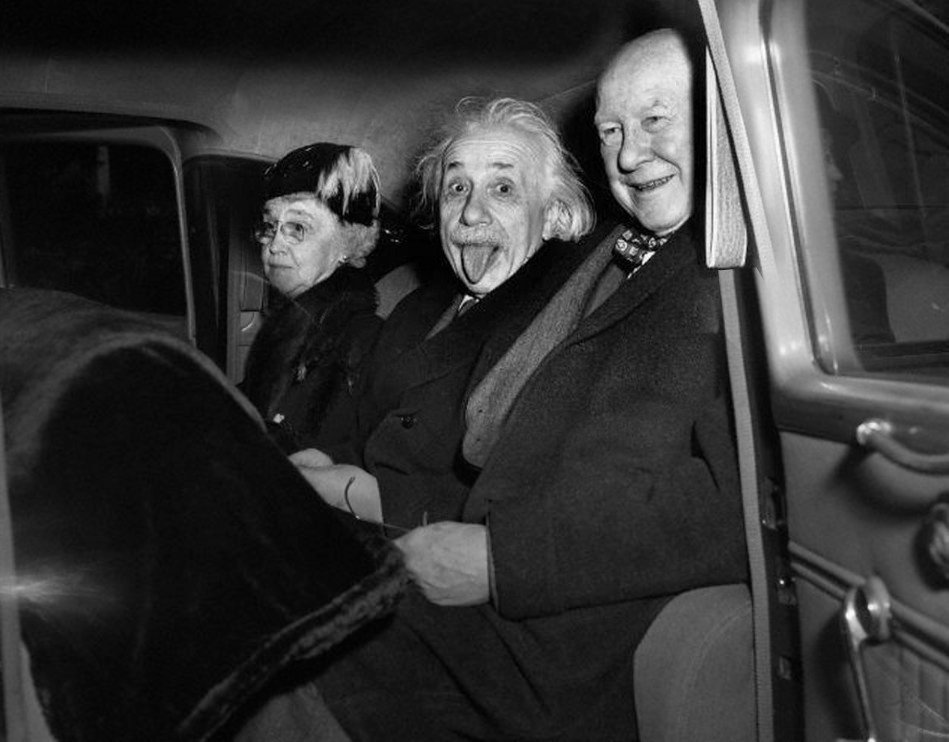
And like a twig in a gushing stream of water, our entire Milky Way galaxy too moves with it. In fact, the Milky Way galaxy swifts at 600 km/s! However, another mysterious phenomenon pulls our galaxy in the opposite direction, towards our neighboring galaxies.
Yet even this is not the complete story. It seems that every galaxy in our neighborhood is currently being sucked gradually towards a mystical region beyond the dust and gas, a region that no telescopic eye has illuminated. This gravitational anomaly, this hidden beast stomping in the dark, was named the Great Attractor.
The Zone Of Avoidance
Gravity seems to be the most obvious answer. Gravity is the only force in the Universe that can influence objects placed so astronomically distant from one another. It seems that our massive cloud of matter and dust is being pulled towards another celestial entity of a formidable mass and size due to the pull of gravity.
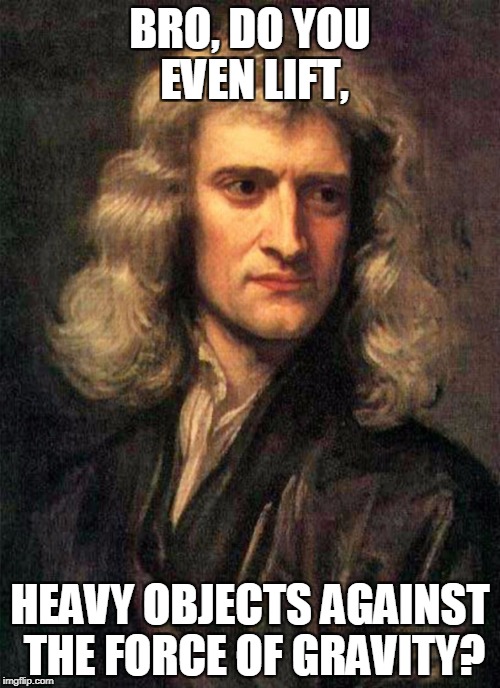
Astronomers have been fairly competent when it comes to exploring distant objects that lie far away in our Universe. All we have to do is point a telescope – a really good one.
However, a sleight of misfortune, like a hand accidentally blocking your face in a picture, the dust and vagrant matter between us and the unknown that we’re headed towards blocks the illuminating light and denies us the opportunity to characterize it.
All we know is that the object lies in the direction of the constellation Centaurus. However, the tumultuous part of our galaxy dances right across our view. This path is full of gas, dust, stars and whatnot, which blocks or absorbs the light darting our way.
Just like the hiddenness of our own nose, ironically, we can map the distant, but not galaxy itself. Astronomers call this unviewable region the Zone of Avoidance.
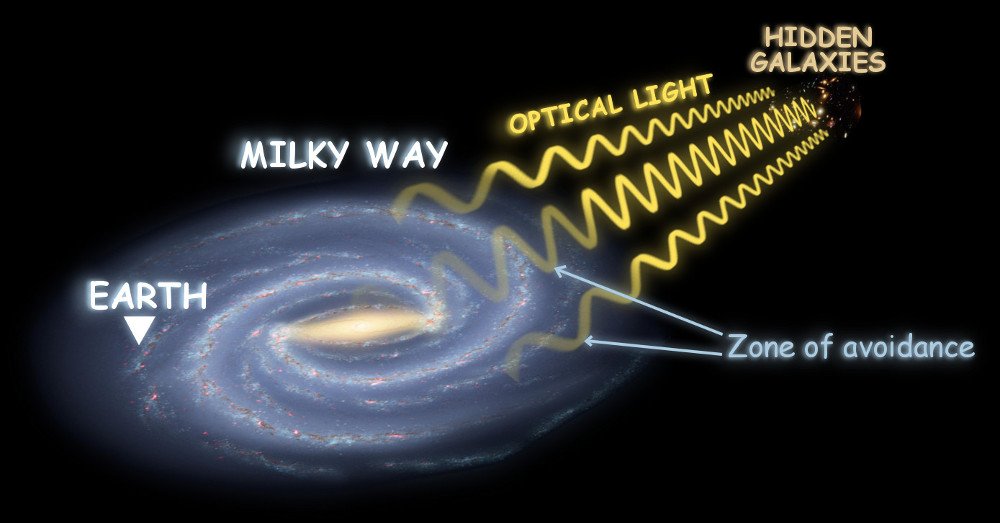
However, these constraints only limit the utility of optical telescopes. With the help of X-ray and radio telescopy, astronomers have painted a resplendent, approximate picture of the patch that contains this mysterious object.
This entity was finally dubbed The Great Attractor (10/10 recommend it for a Myspace username) and was discovered in the 1970s.
Also Read: These 10 Amazing Facts About The Universe Will Blow Your Mind
Coming Together
Our nearest neighbor is the Andromeda Galaxy, which lies around 2.5 million light years away from us. In astronomical scales, that’s just round the curb. Along with another few dozen galaxies, including the Triangulum Galaxy, we form a fruit basket of giant galaxies bounded by gravity about 10 million light years across in diameter. We call this the Local Group.
A similar cluster of galaxies hangs around with each other about 65 million light-years away from us and is known as the Virgo cluster. The members of this group, like our own group, are gravitationally bound.
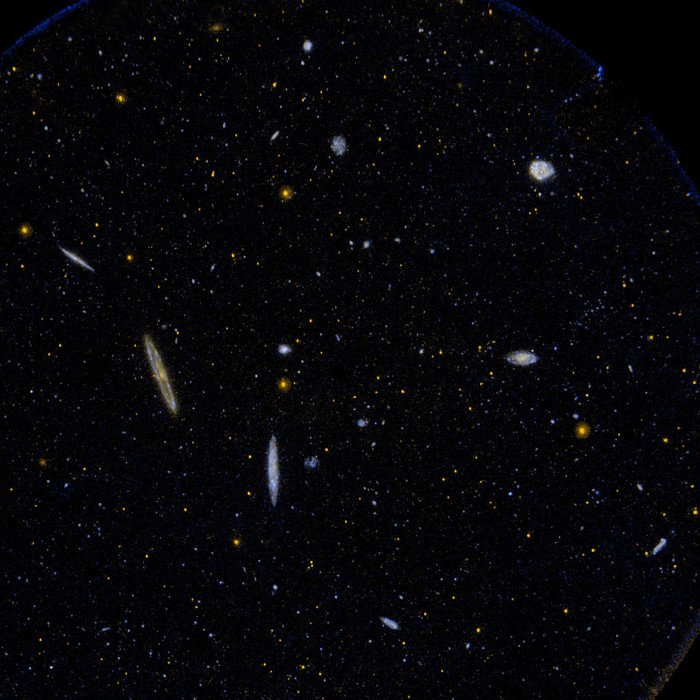
Furthermore, the clusters, in conglomeration with other clusters, form super-clusters! For instance, the Virgo cluster lies in the center of the Virgo supercluster. Similarly, our local group of galaxies (cluster) resides in the Laniakea Supercluster.
Also Read: How Are We Able To See Galaxies In Our Sky But Not Nearby Planets?
The Merger And The Great Attractor
Gravity is a fundamental property of matter. Mass cannot help but attract other mass. Following the Big Bang and the formation of our Universe, small lumps merged to form larger lumps, which merged to form larger lumps and even larger lumps… you get the picture.
Our Local Group is also condensing. It has been estimated that the Andromeda Galaxy will spiral into our galaxy in around 5 billion years. Moreover, our small get together, along with a few adjacent small clusters is gradually on its way towards the Virgo supercluster.
In fact, all the matter — the Milky Way, Virgo, Andromeda are heading towards, yes, you guessed it, the Great Attractor. Therefore, the Great Attractor is not a supermassive celestial body – a thing – but rather a volume of space that embodies the center of attraction – a place. It is the bottom of the basin where every blob of matter and dust ends up being aggregated.
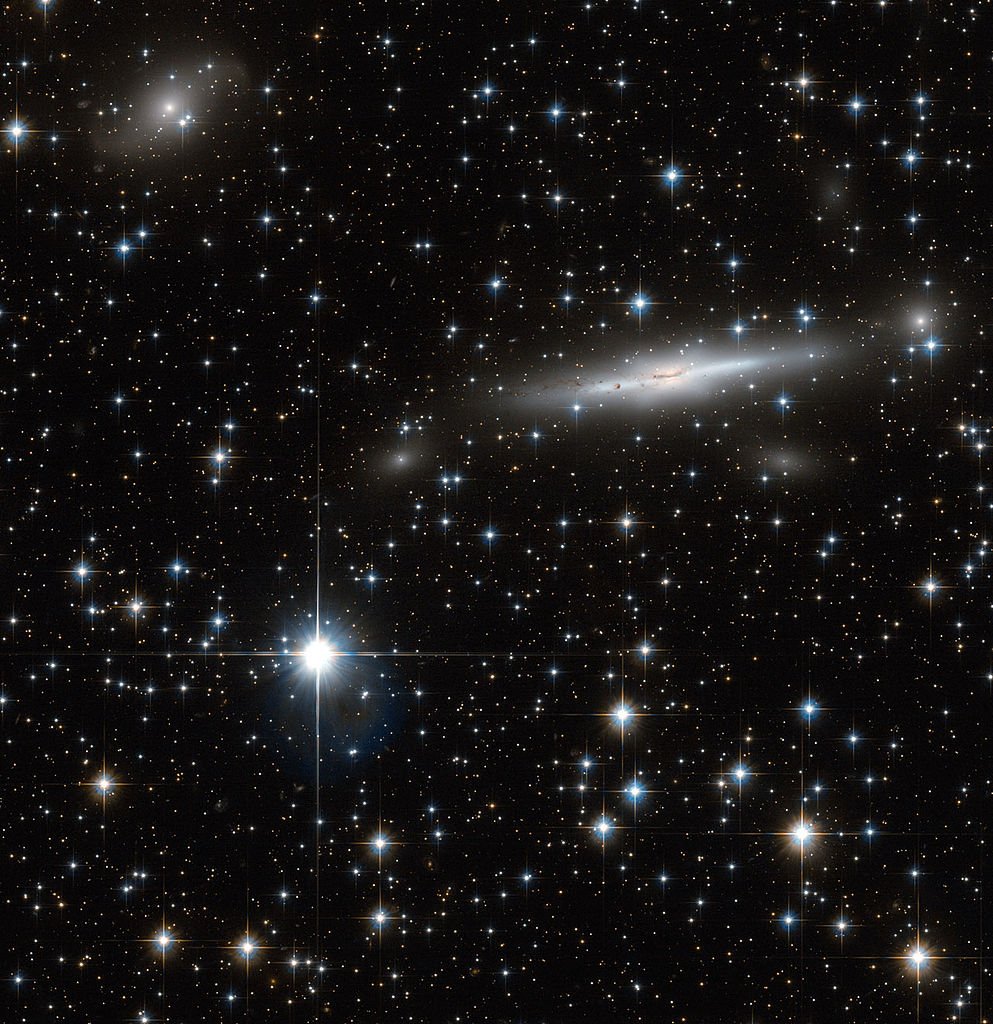
The Great Attractor lies in the vicinity of the Norma Super Cluster. When astronomers finally acquired a vantage point to this region, they discovered thousands of galaxies tethered to each other. The cluster has a mass of a 1000 trillion Suns and resides some 220 million light-years away from us!
However, this mass does not account for the strong pull and the inward motion of these galaxies, which means that something else was pulling the strings the entire time.
Further exploration of this patch resulted in a profound discovery.
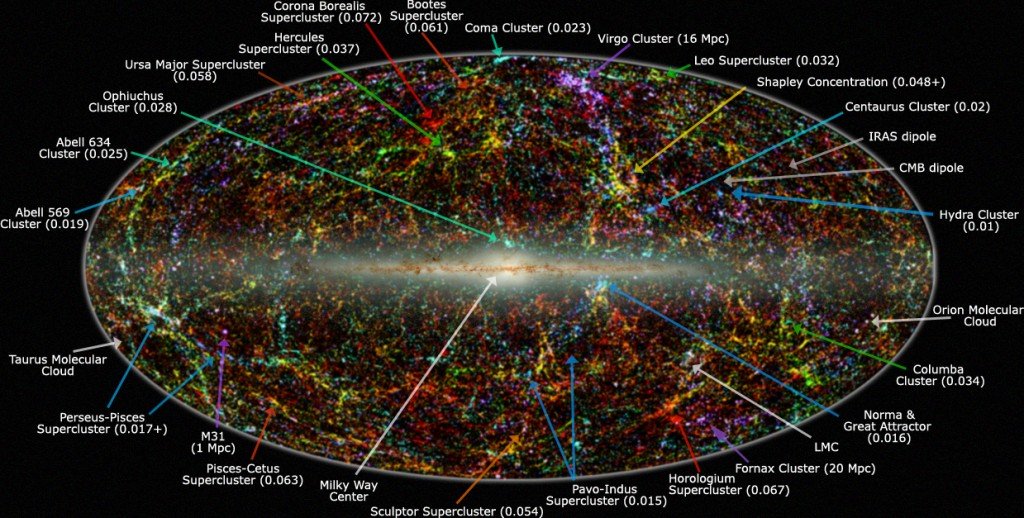
Astronomers discovered an even larger supercluster known as the Shapley Supercluster towards which we, the Norma and everything else wafts. The Shapley Supercluster contains a mind-boggling 8000 galaxies and weighs around ten million billion Suns! It is the easily the most massive cluster within a billion light-years.
Also Read: What Is At The Center Of The Milky Way?
Will The Collision Destroy Us?
As it turns out, the Great Attractor is nothing lugubrious, but rather a perfectly conventional collection of galaxies that only came to our notice now, but even so, could the accumulation annihilate us in a colossal collision?
Well…no. The Great Attractor won’t stay around for long — superclusters are ephemeral. Like a tower of Jenga, small clusters will sustain themselves, but superclusters will eventually fall apart and fail to justify their name.
In the contest between expansion and contraction, expansion triumphs. The expansion of the Universe, now credited to what is known as Dark energy will rip these superclusters apart and drive them away from each other. We will never reach the focal point in the first place.
How well do you understand the article above!

